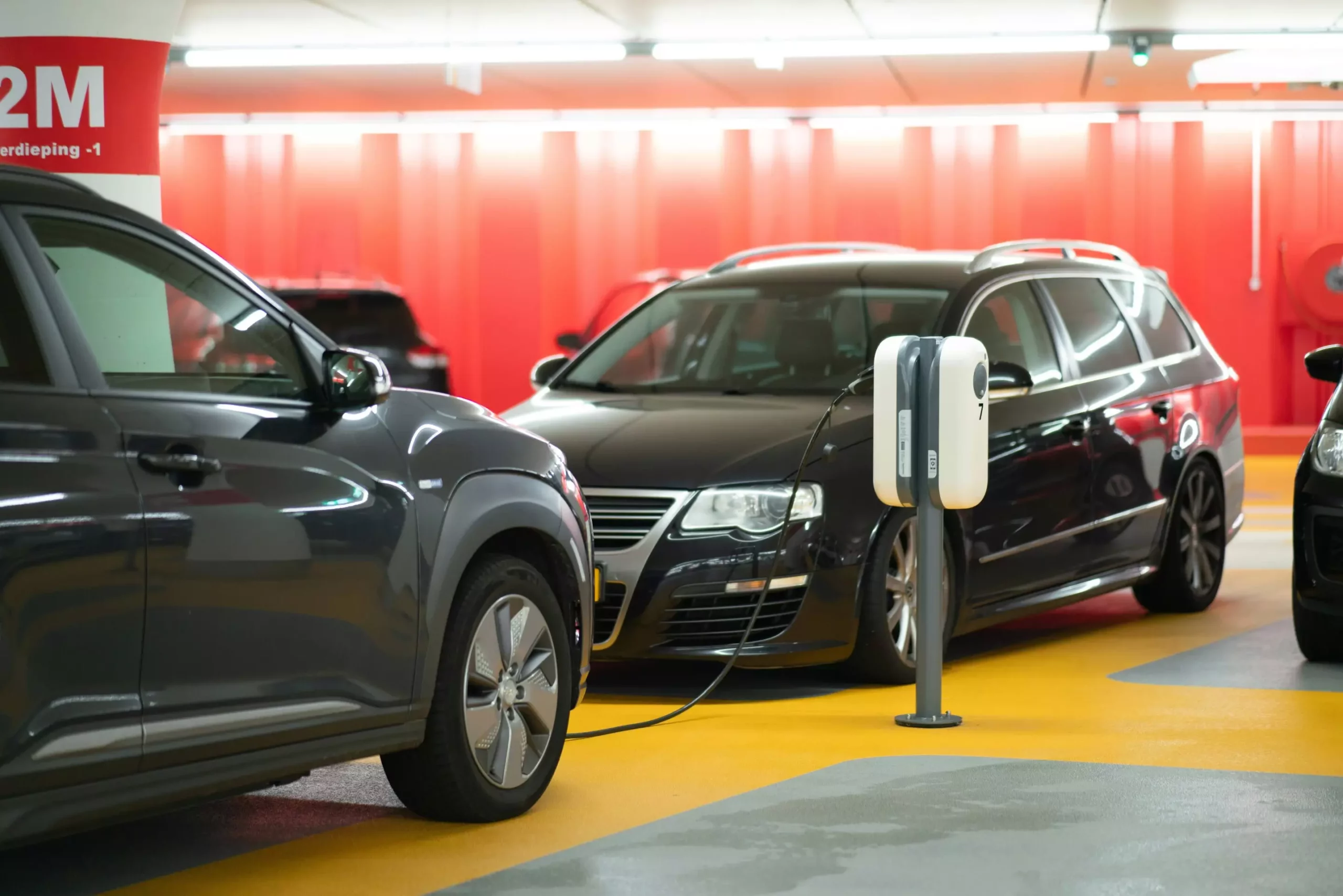The ambitious goal to reduce vehicle emissions within the United States has recently come under scrutiny. A collective study by a group of researchers from various academic institutions delves into the potential pitfalls that could hinder the achievement of such goals, particularly those concerning electric vehicle (EV) adoption. Their findings, highlighted in the journal *Nature Communications*, raise important questions about the practicality of the targets set by the Environmental Protection Agency (EPA), as well as pathways that might offer alternative routes to emissions reduction.
According to dedicated research, the U.S. is projected to fall approximately 15 percent short of its EV sales target for the year 2032. This shortfall may primarily stem from unexpected challenges in supply chains and mineral availability that are critical for producing EVs, such as cobalt, graphite, lithium, and nickel. The researchers estimate that meeting the EPA’s emissions standards will necessitate replacing roughly 10.21 million internal combustion engine vehicles with EVs by 2032. However, they caution that domestic and allied production capacity may only support the manufacture of about 5.09 million EVs during the same time period. This discrepancy highlights the significant gap that could lead to an increase of around 60 million additional tons of carbon dioxide emissions if these supply chain challenges remain unaddressed.
In addressing these supply constraints, researchers point out that although reserves of essential minerals exist within the U.S. and its allies, the bottleneck lies within actual production capacity. This poses the critical question: How quickly and effectively can these resources be mined and refined to align production with ambitious sales targets?
In light of the challenges posed to EV production, the research team considers the possibility of alternative strategies to achieve emission reductions. One proposed solution is the increased production of hybrid electric vehicles (HEVs). These vehicles require fewer raw materials than fully electric cars, yet they still provide substantial reductions in tailpipe emissions. Megan Yeo, a key researcher in the study, espouses the feasibility of embracing HEVs as a legitimate alternative to solely focusing on EVs. This strategic pivot could not only help in countering impending emissions violations but potentially create a smoother transition toward a future dominated by electric vehicles.
While HEVs may present a viable workaround, several limitations accompany them. HEVs can bridge the gap between traditional combustion vehicles and fully electric options, yet they do not eliminate the dependency on fossil fuels entirely. Consideration must be given to how these vehicles align with long-term sustainability goals and overall strategies for combating climate change.
The ongoing reliance on global supply chains also raises a significant dilemma for U.S. lawmakers concerned about national security when it comes to sourcing minerals. As noted by the researchers, leveraging China for mineral resources could enhance the feasibility of achieving specified EV production targets. However, such dependency introduces a complex interplay between emissions reduction and energy independence that might position policymakers in a quandary. What takes precedence: lowering carbon projections or fortifying energy security? This question underscores the importance of a nuanced approach toward resource allocation and domestic production.
As climate policy debates intensify, understanding the intricacies of vehicle emissions reduction remains essential. The research team’s findings compel a reexamination of prescribed targets and strategies for achieving them. The incorporation of hybrid vehicles alongside a pragmatic evaluation of supply chain capabilities offer crucial insights into how the U.S. can navigate the dual goals of emissions reduction and energy security.
The pursuit of an environmentally sustainable transport landscape will necessitate collaboration between researchers, policymakers, and industry stakeholders. Ultimately, recognizing the multifaceted challenges and exploring flexible solutions may help sculpt a more feasible trajectory toward a greener future. By integrating various pathways, including hybrids, and confronting pertinent supply chain issues, the U.S. may stand a better chance of achieving its emissions goals while safeguarding national interests.

